Home>Renovation & DIY>Tools & Equipment>What Grit Sandpaper To Remove Polyurethane
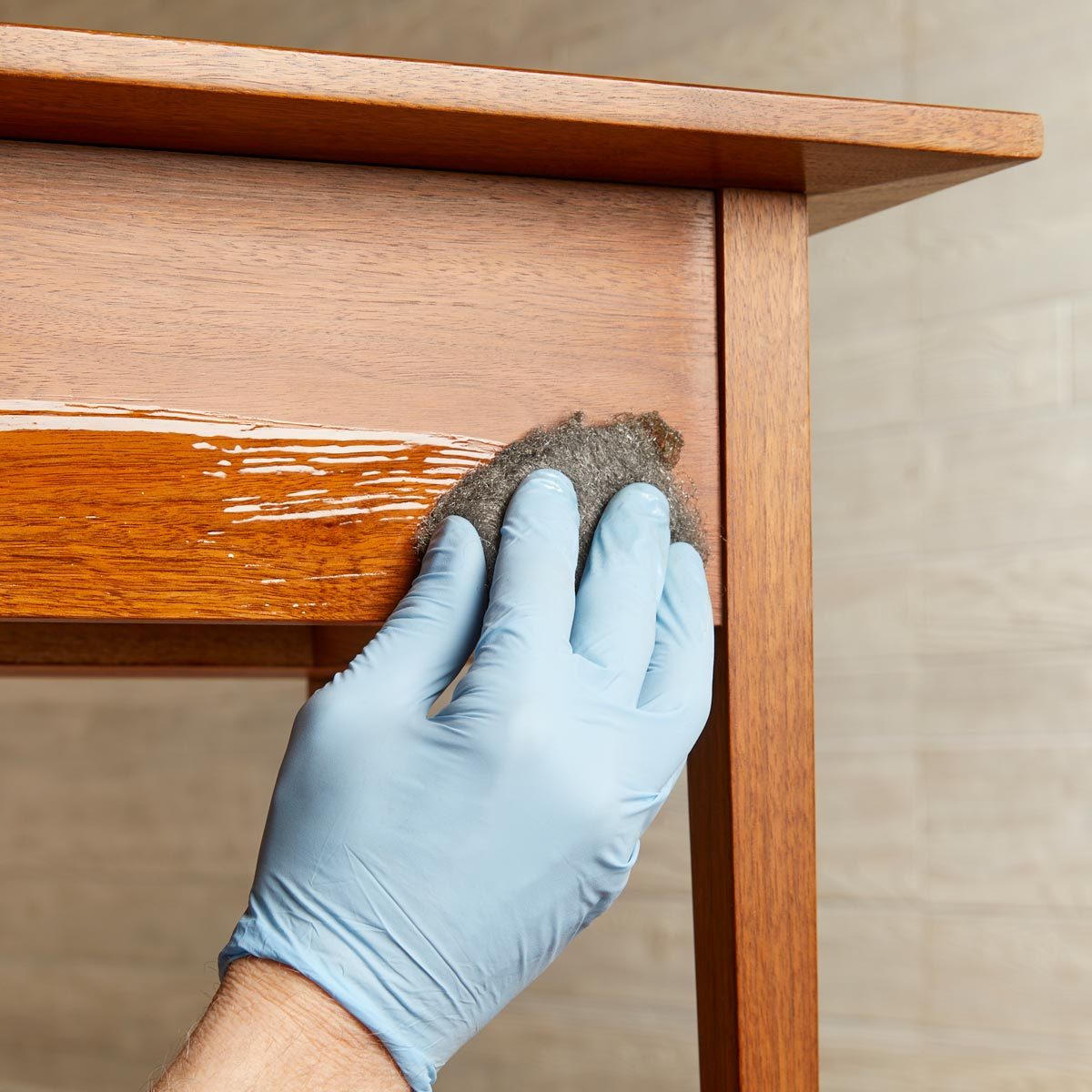

Tools & Equipment
What Grit Sandpaper To Remove Polyurethane
Published: December 20, 2023
Find the right grit sandpaper for removing polyurethane with our guide. Learn about the best tools and equipment for the job.
(Many of the links in this article redirect to a specific reviewed product. Your purchase of these products through affiliate links helps to generate commission for Storables.com, at no extra cost. Learn more)
Introduction
When it comes to woodworking or refinishing furniture, dealing with polyurethane can be a challenging task. Whether you're a seasoned carpenter or a DIY enthusiast, understanding the intricacies of sandpaper grit levels is crucial for effectively removing polyurethane. In this comprehensive guide, we will delve into the world of sandpaper grits and explore the best practices for using them to eliminate polyurethane from various surfaces. By the end of this article, you'll be equipped with the knowledge to confidently tackle your next refinishing project and achieve outstanding results. Let's embark on this sandpaper odyssey and uncover the secrets to mastering polyurethane removal!
Key Takeaways:
- Choose the right sandpaper grit based on the thickness of the polyurethane layers and the condition of the surface to effectively remove polyurethane and prepare for the next finishing steps.
- Start with coarse grit sandpaper to remove the bulk of the polyurethane, transition to medium grit for surface refinement, and finish with fine grit for meticulous smoothing, ensuring a flawless and professional result.
Read more: What Grit Sandpaper For Polyurethane
Understanding Grit Levels
Before delving into the specifics of removing polyurethane with sandpaper, it’s essential to grasp the concept of grit levels. Grit refers to the coarseness or fineness of the abrasive particles on the sandpaper’s surface. The grit number, typically imprinted on the back of the sandpaper, indicates the number of abrasive particles per square inch. Understanding these grit levels is pivotal in achieving the desired results when removing polyurethane.
Sandpaper comes in a variety of grits, ranging from coarse to fine. Coarse grits, such as 40 to 60, feature larger abrasive particles and are suitable for heavy material removal, making them ideal for initial polyurethane removal. As the grit number increases, the abrasive particles become finer, resulting in a smoother sanding action. Medium grits, including 80 to 120, strike a balance between material removal and surface smoothing, while fine grits, such as 150 to 240, excel at refining surfaces and preparing them for finishing.
Understanding the relationship between grit levels and sanding efficiency is crucial. Coarse grits are adept at swiftly eliminating layers of polyurethane, while finer grits excel at smoothing the surface and preparing it for the next finishing steps. By comprehending the role of grit levels, you can strategically select the right sandpaper for each stage of the polyurethane removal process, ensuring optimal outcomes.
Removing Polyurethane with Sandpaper
Removing polyurethane with sandpaper involves a systematic approach to ensure a smooth and flawless finish. The process typically begins by using coarser grit sandpaper to eliminate the bulk of the polyurethane layers. This initial sanding stage aims to strip away the topmost surfaces, revealing the underlying wood or substrate. It’s important to maintain a consistent sanding motion, moving in the direction of the wood grain to prevent uneven removal and minimize the risk of scratches.
Once the majority of the polyurethane has been removed with the coarse grit sandpaper, the next step involves transitioning to medium grit sandpaper. This stage focuses on refining the surface, smoothing out imperfections, and preparing it for the subsequent finishing steps. The medium grit sandpaper facilitates the gradual transition from a rough, polyurethane-laden surface to a smoother, bare substrate, setting the stage for the final phases of refinishing.
As the polyurethane layer becomes thinner, finer grit sandpaper is employed to achieve a polished and uniform surface. Fine grit sandpaper excels at meticulously smoothing the wood, eradicating any remaining traces of polyurethane, and preparing the surface for staining, varnishing, or painting. This meticulous sanding process ensures that the wood is impeccably primed for the application of the desired finish, guaranteeing a professional and enduring result.
Throughout the polyurethane removal journey, it’s essential to be mindful of the sandpaper’s condition and replace it as needed. Worn or clogged sandpaper can impede the sanding process and compromise the quality of the final finish. By maintaining sharp, clean sandpaper, you can optimize the efficiency of the removal process and achieve a surface that is impeccably primed for the subsequent refinishing steps.
Use 80-100 grit sandpaper to remove polyurethane. Start with a coarser grit to remove the majority of the finish, then switch to a finer grit for a smooth final surface.
Choosing the Right Grit Sandpaper
When it comes to removing polyurethane, selecting the right grit sandpaper is paramount to achieving exceptional results. The choice of grit depends on the thickness of the polyurethane layers, the condition of the surface, and the desired outcome. Understanding the characteristics of different grits and their applications is essential for making informed decisions during the polyurethane removal process.
For initial polyurethane removal, coarse grit sandpaper, typically in the range of 40 to 60, is the go-to option. This coarse grit is adept at swiftly eliminating thick layers of polyurethane, efficiently preparing the surface for subsequent sanding stages. As the polyurethane becomes thinner, transitioning to medium grit sandpaper, ranging from 80 to 120, facilitates the gradual refinement of the surface, smoothing out imperfections, and preparing it for the final stages of refinishing.
As the polyurethane layer diminishes further, fine grit sandpaper, typically in the range of 150 to 240, comes into play. This fine grit is instrumental in meticulously smoothing the wood, eradicating any remaining traces of polyurethane, and preparing the surface for the application of stains, varnishes, or paints. Fine grit sandpaper ensures that the surface is impeccably primed for the final finishing touches, resulting in a professional and enduring outcome.
When choosing the right grit sandpaper, it’s essential to consider the intricacies of the project and adapt the grit selection accordingly. Additionally, being attuned to the condition of the surface and monitoring the progress of polyurethane removal are pivotal in determining when to transition to finer grits. By aligning the grit selection with the specific requirements of the project, you can effectively navigate the polyurethane removal process and achieve a surface that is impeccably prepared for the subsequent finishing steps.
Conclusion
Embarking on the journey of polyurethane removal with sandpaper unveils a world of precision, finesse, and transformative potential. By understanding the nuances of grit levels and their applications, you gain the insight to strategically navigate the polyurethane removal process, ensuring that each stage contributes to the realization of a flawless finish.
The systematic approach of starting with coarse grit sandpaper to eliminate the bulk of the polyurethane, transitioning to medium grit for surface refinement, and culminating with fine grit for meticulous smoothing sets the stage for a seamless transition to the subsequent finishing steps. This methodical progression not only ensures the effective removal of polyurethane but also primes the surface for the application of stains, varnishes, or paints, ultimately yielding a professional and enduring result.
Choosing the right grit sandpaper is a pivotal decision that hinges on the thickness of the polyurethane layers, the condition of the surface, and the desired outcome. This conscientious selection process, coupled with a keen awareness of the project’s intricacies, empowers you to tailor the grit choice to the specific requirements of the polyurethane removal endeavor, optimizing the efficiency and quality of the refinishing process.
As you embark on your next woodworking or refinishing project, armed with the knowledge of grit levels and their applications in polyurethane removal, you are poised to elevate your craft and achieve exceptional results. Embrace the sandpaper odyssey, harness the transformative power of grit, and witness the metamorphosis of surfaces as you master the art of polyurethane removal with finesse and precision.
Frequently Asked Questions about What Grit Sandpaper To Remove Polyurethane
Was this page helpful?
At Storables.com, we guarantee accurate and reliable information. Our content, validated by Expert Board Contributors, is crafted following stringent Editorial Policies. We're committed to providing you with well-researched, expert-backed insights for all your informational needs.
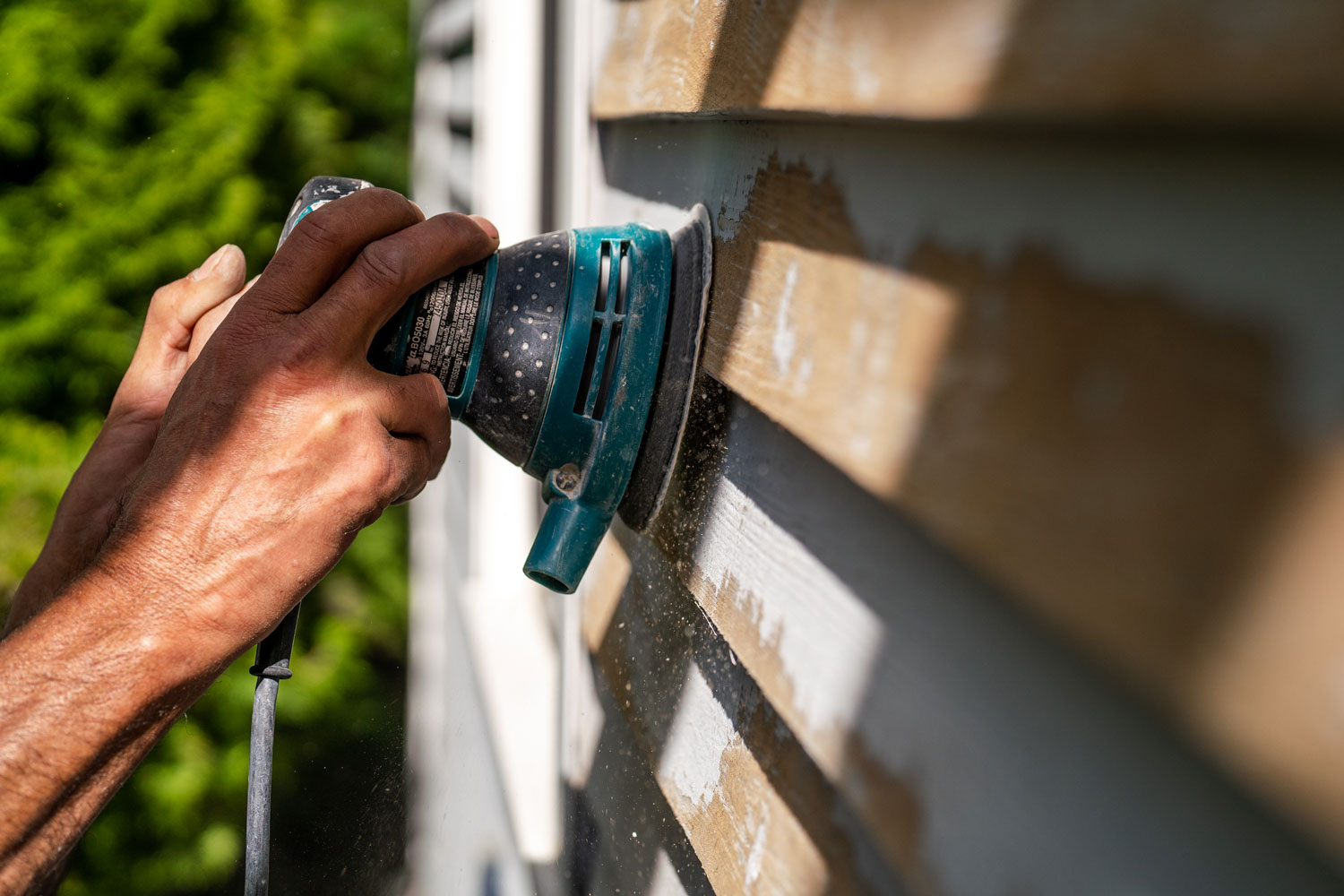
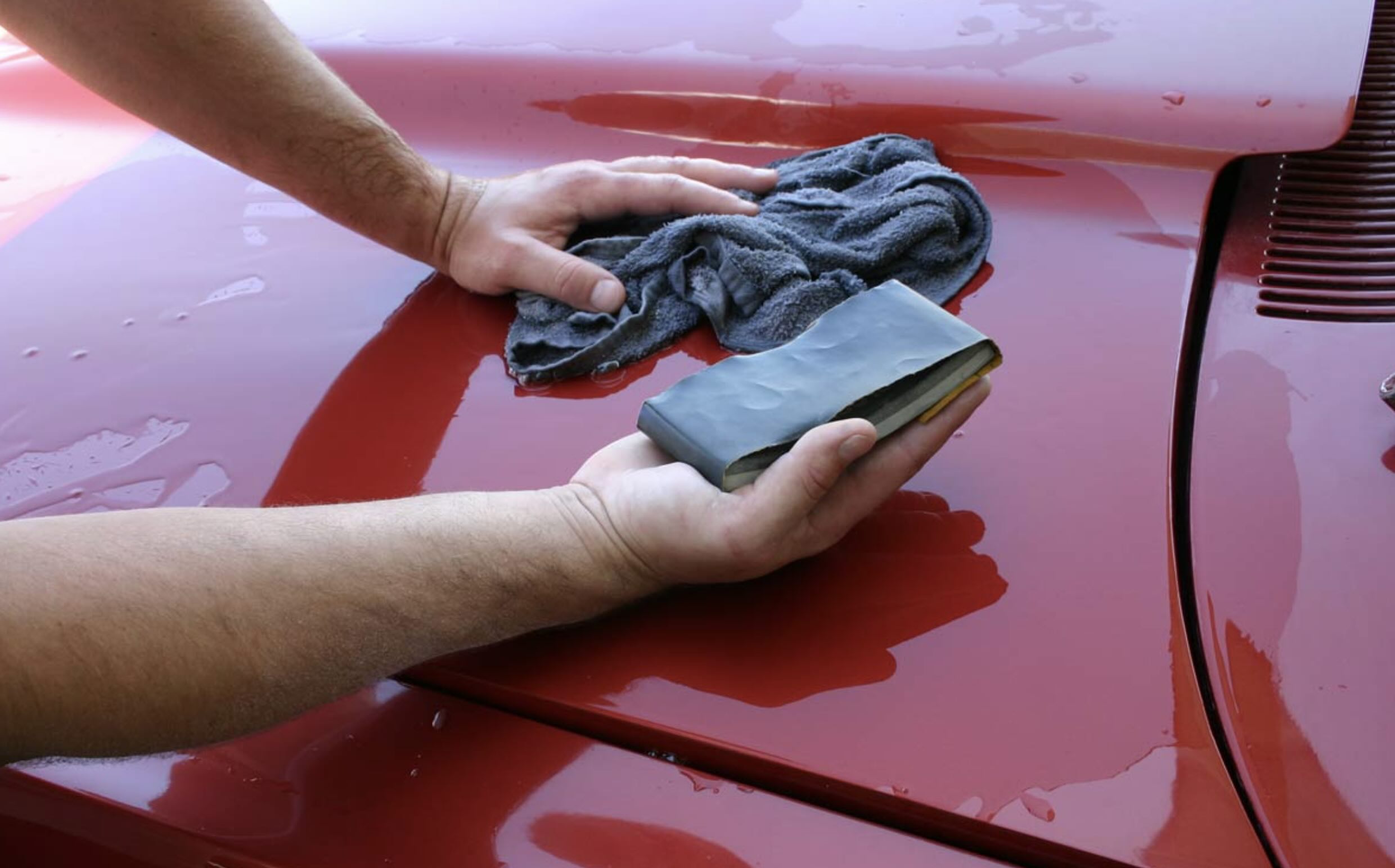
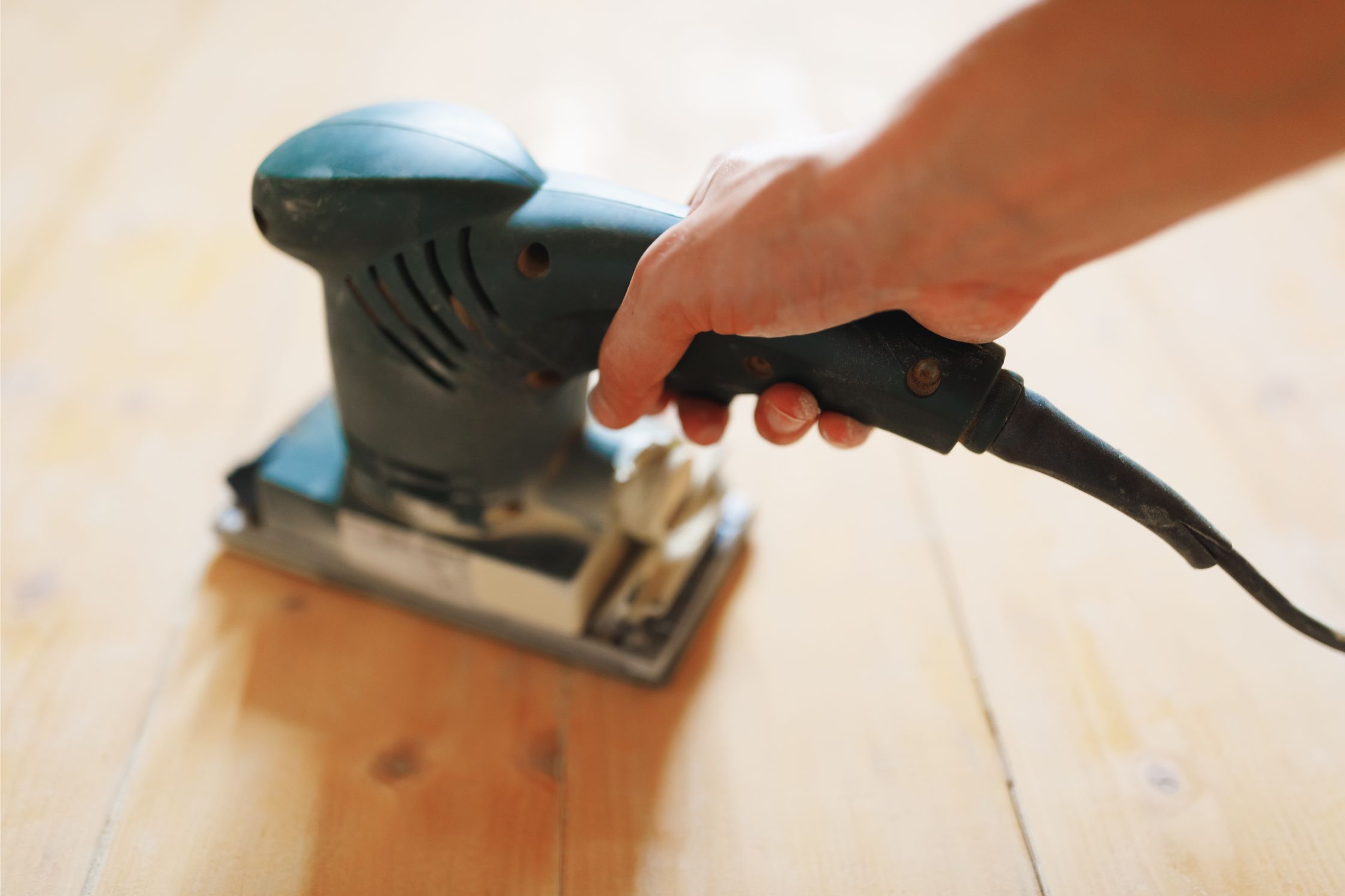
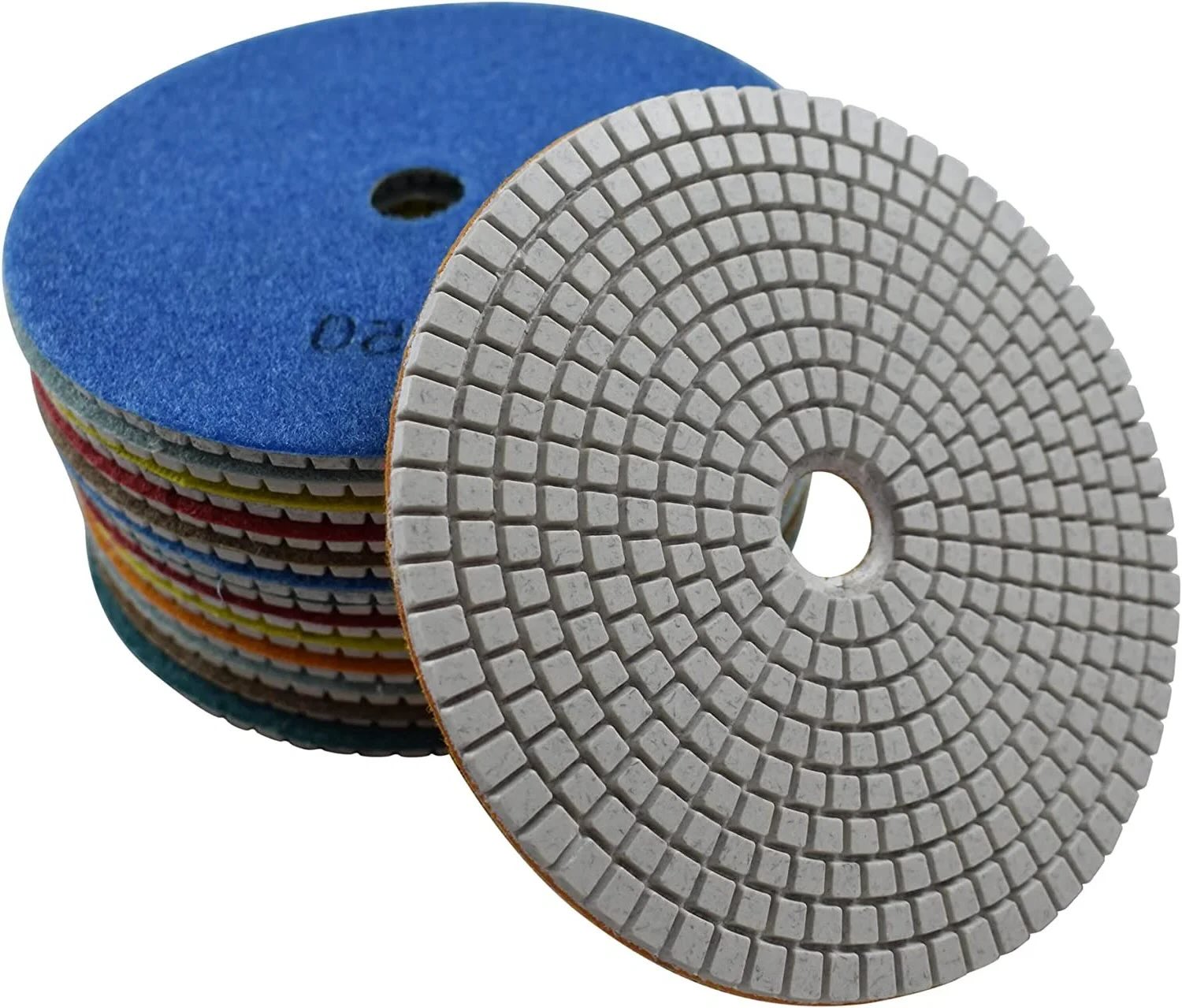
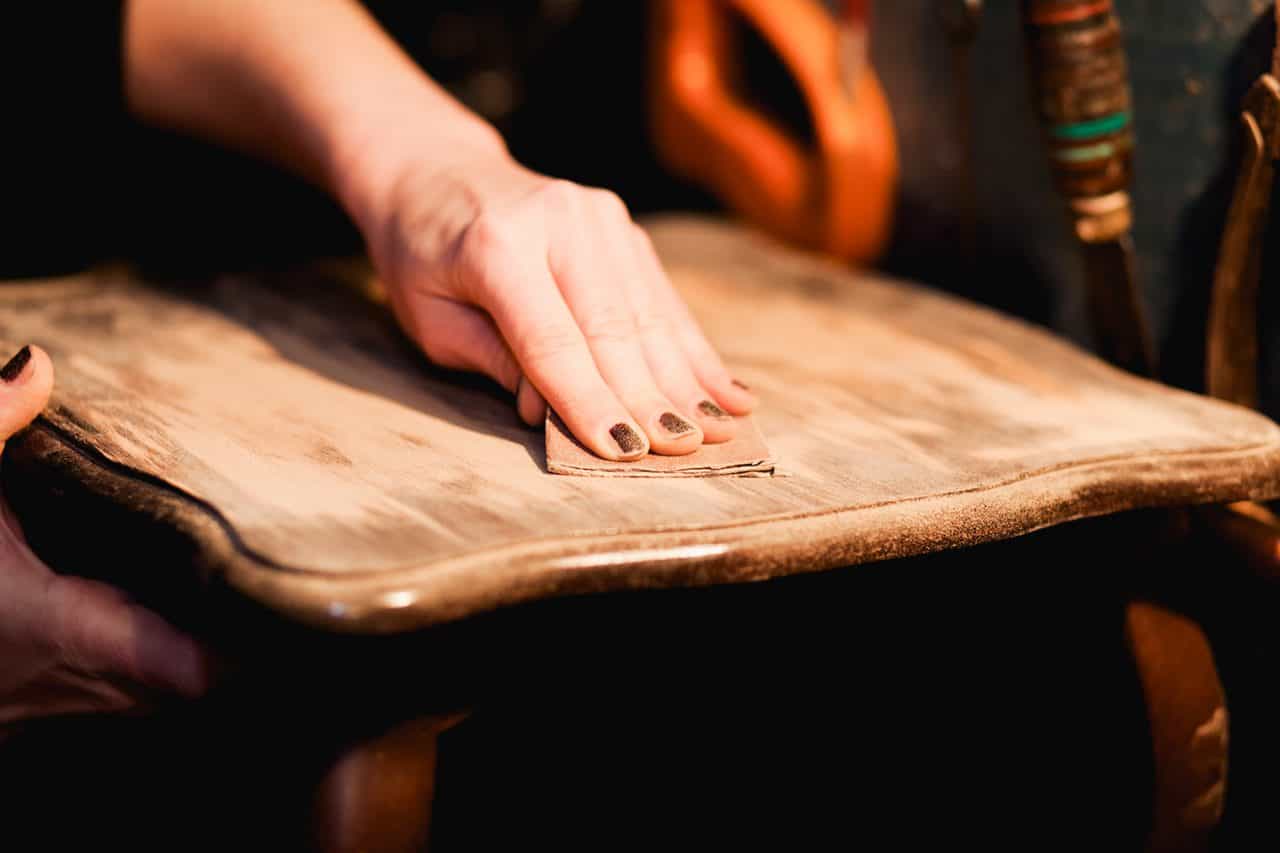



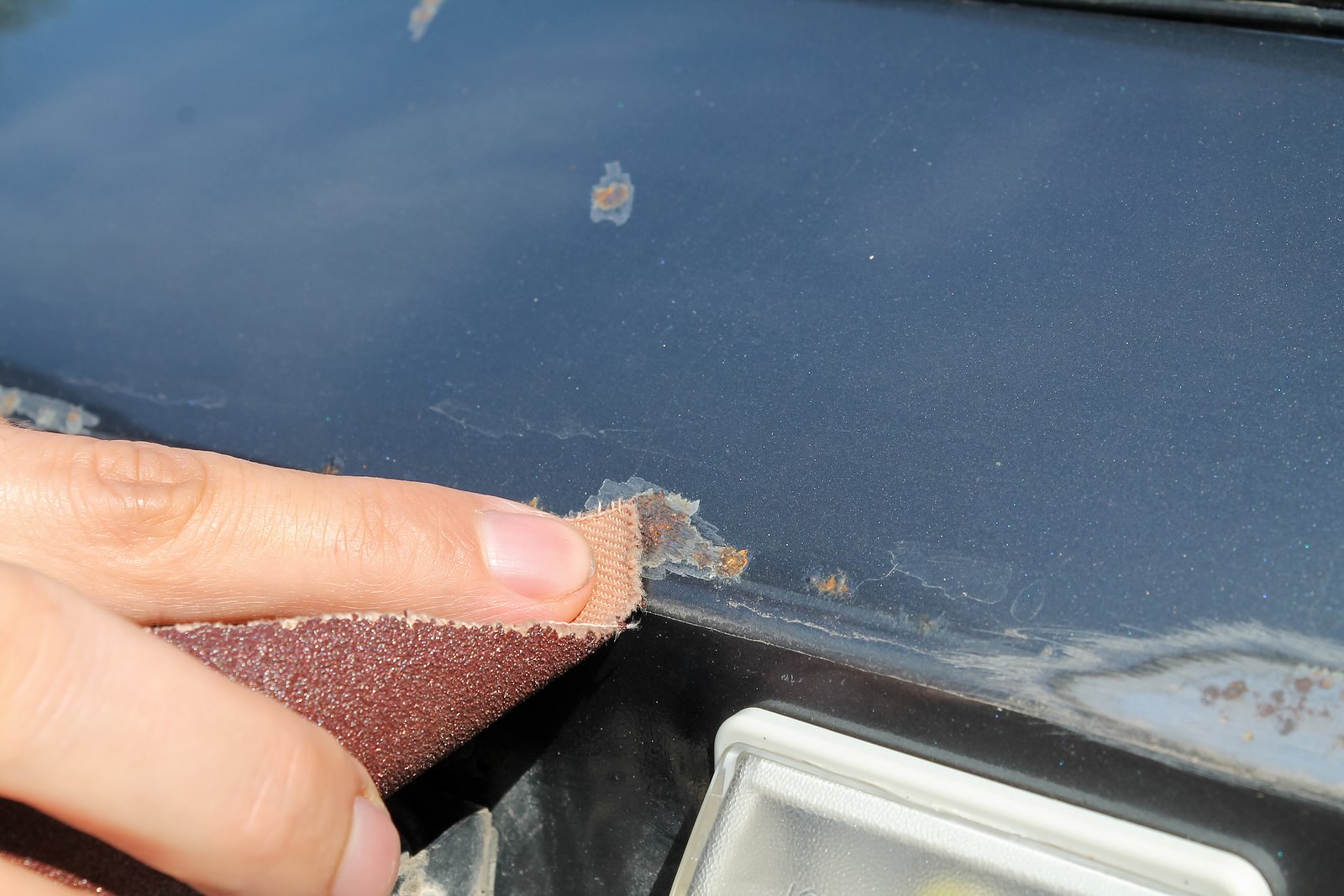
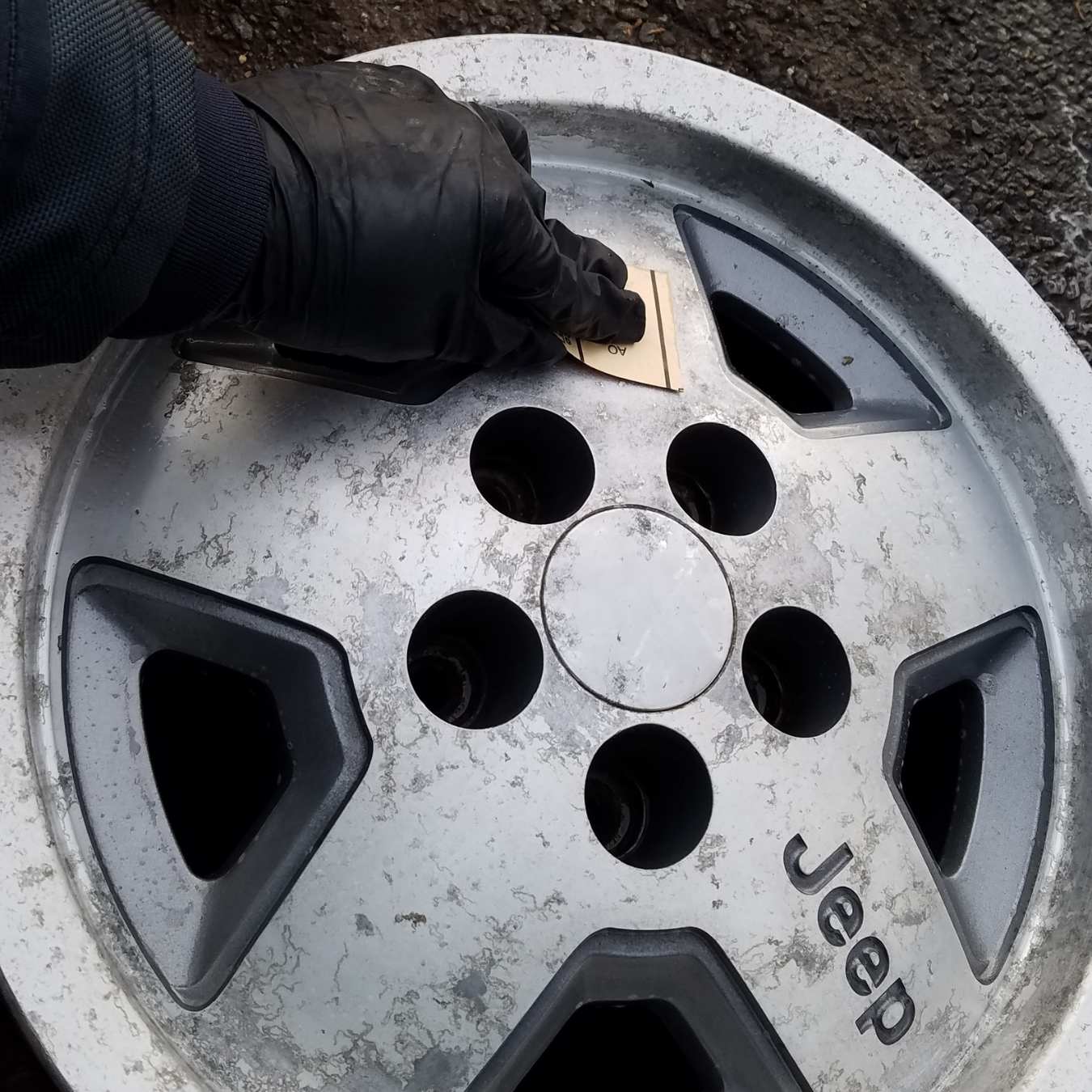
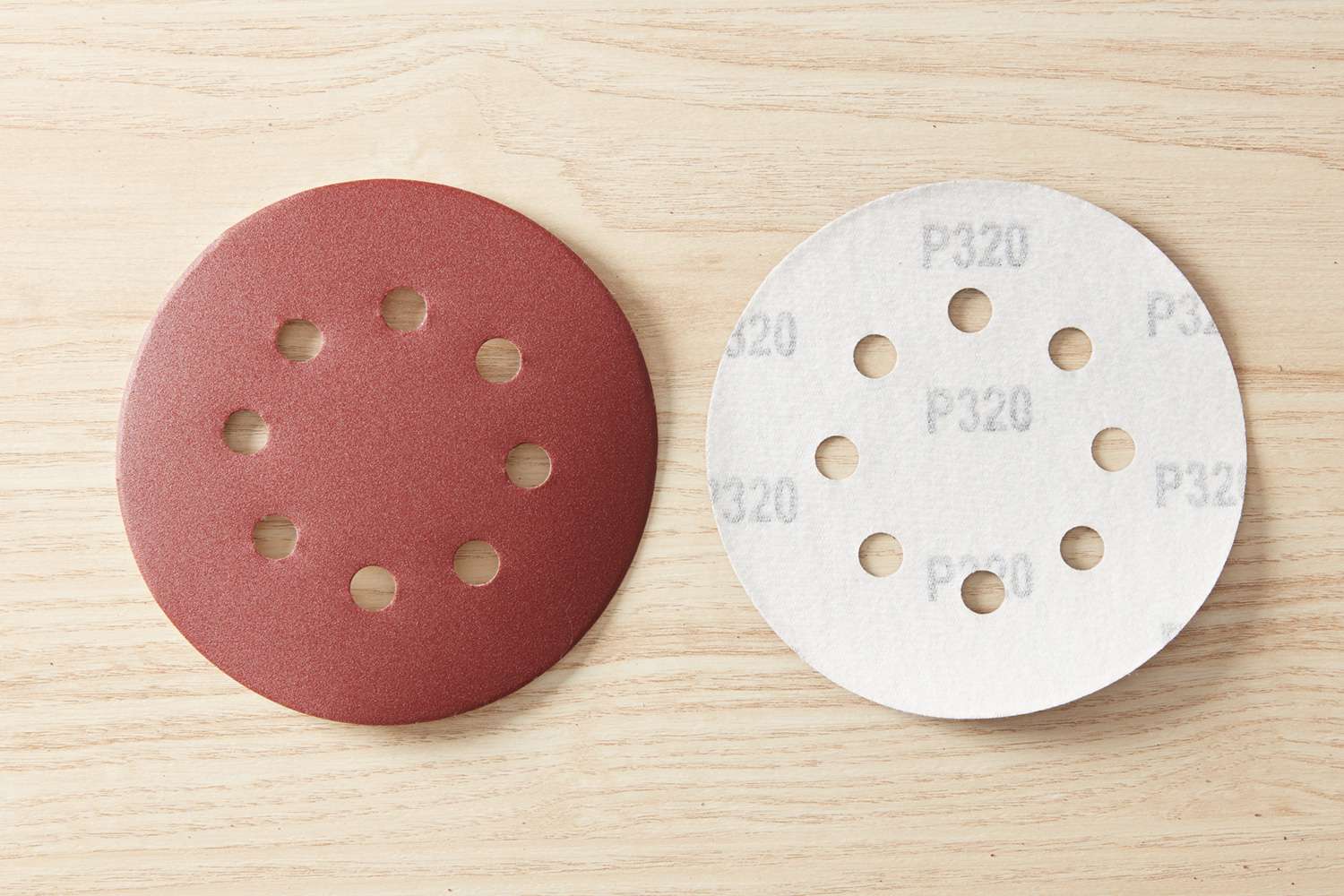
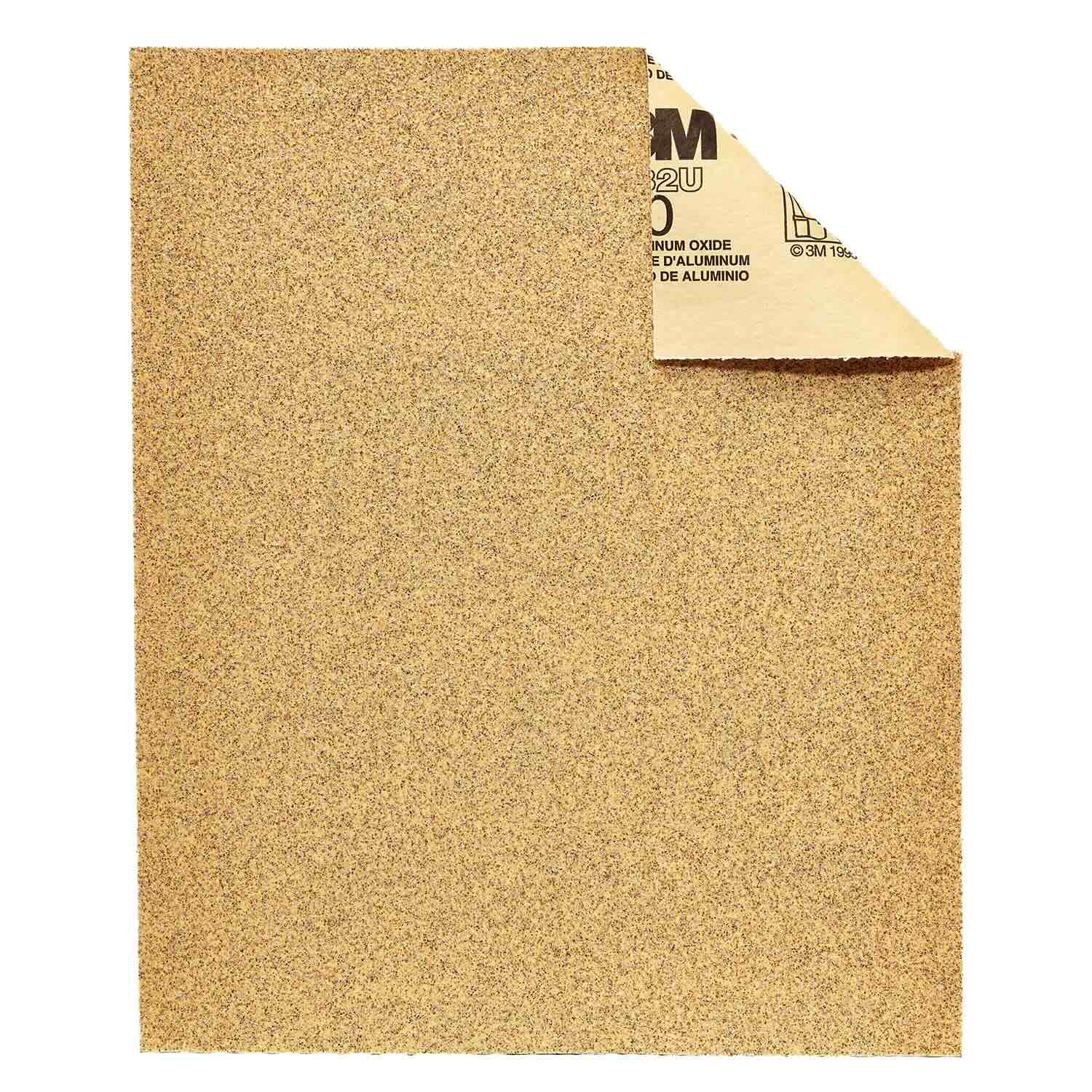
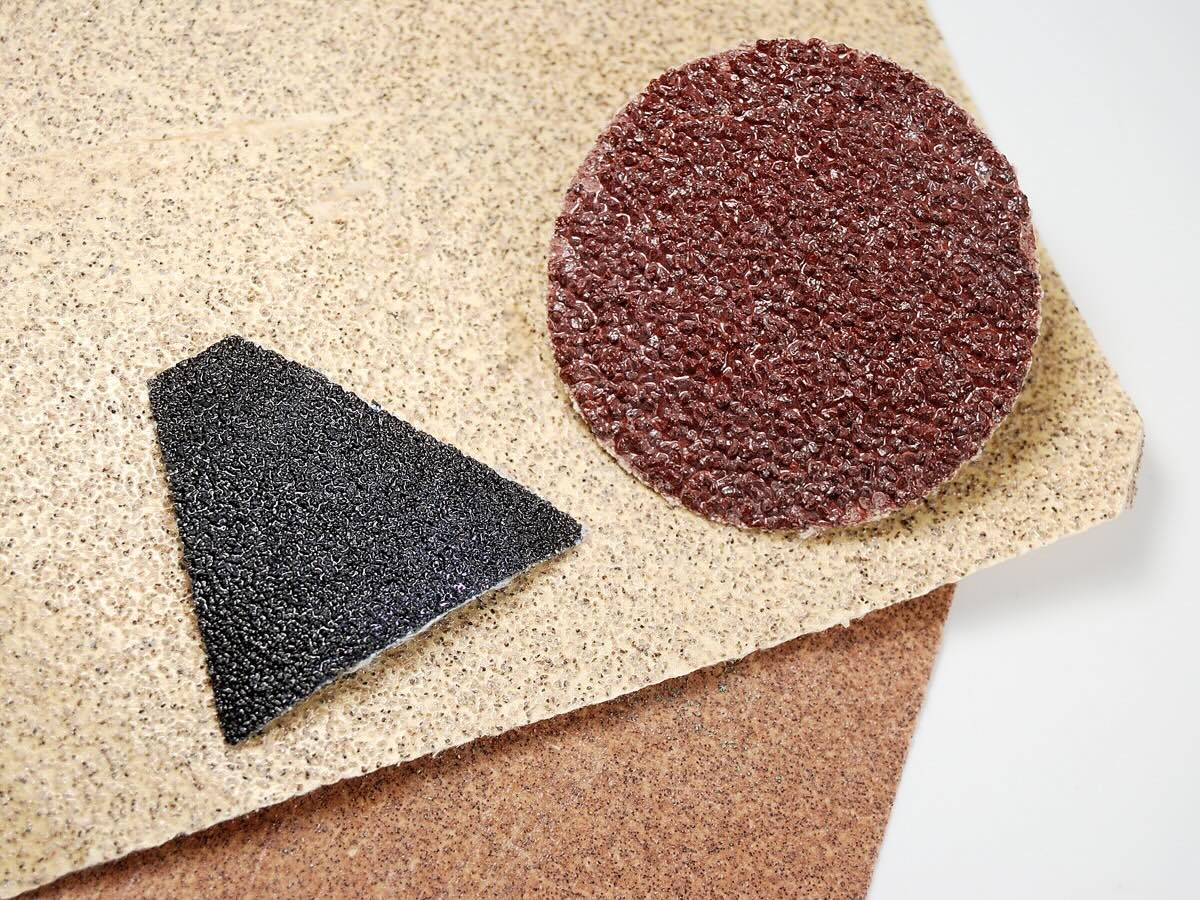
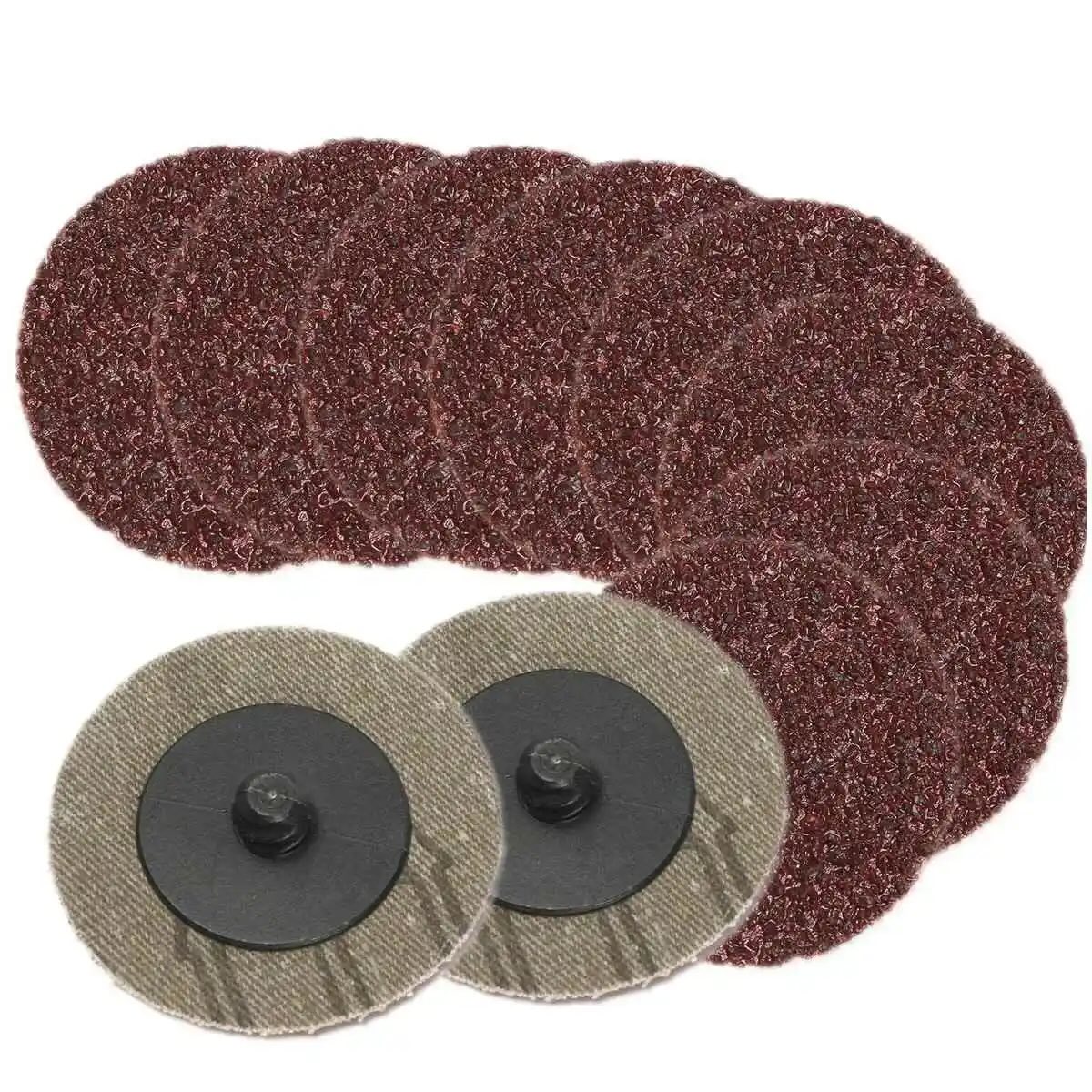

0 thoughts on “What Grit Sandpaper To Remove Polyurethane”